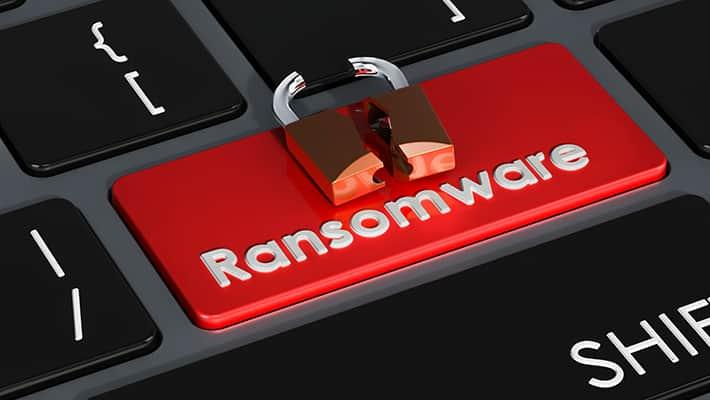Introduction

Ransomware has evolved from being a nuisance for individual computer users to one of the most damaging threats to modern organizations.
It’s not just about encrypting files anymore — the latest ransomware operations have become full-fledged criminal enterprises, combining data theft, extortion, and public shaming into a single high-pressure attack model.
In this blog, we’ll establish a baseline understanding of ransomware — what it is, how it works, the different types, and why it remains a critical threat.
This foundation will set the stage for our upcoming deep dives into specific ransomware families and practical detection techniques.
What Is Ransomware?
At its core, ransomware is malicious software designed to block access to files or systems — usually by encryption — until a ransom is paid.
But the modern reality is far more complex. Many groups now employ double extortion:
- Data Theft: Sensitive data is exfiltrated before encryption.
- Encryption: Victim’s systems and backups are locked.
- Extortion: The attackers threaten to leak the stolen data if payment isn’t made.
Some groups have even adopted triple extortion, adding DDoS attacks or direct harassment of customers and partners to apply more pressure.
A Brief History
- 1989 – The First Ransomware: The “AIDS Trojan” spread via floppy disks, demanding payment to a PO box in Panama.
- 2000s – Early Experiments: Early file-lockers used weak encryption, often reversible without paying.
- 2013 – CryptoLocker: Strong RSA encryption made recovery without the key virtually impossible — ransomware became a viable business model.
- 2017 – WannaCry & NotPetya: Worm-like ransomware spread globally, disrupting hospitals, shipping, and power grids.
- 2020–Present – RaaS & Industrialization: Ransomware-as-a-Service (RaaS) platforms allow affiliates to “rent” ransomware tools, with profits shared between developers and operators. Double extortion became the norm.
How Ransomware Works
While tactics vary, most ransomware attacks follow a similar kill chain:
- Initial Access
- Phishing emails with malicious attachments or links.
- Exploiting vulnerabilities in public-facing applications (VPNs, RDP, file transfer appliances).
- Credential stuffing/brute-force attacks.
- Execution & Privilege Escalation
- Running payloads via PowerShell, malicious macros, or trojans.
- Exploiting local privilege escalation vulnerabilities.
- Lateral Movement
- Mapping network shares, stealing credentials, and moving across systems.
- Data Exfiltration
- Using cloud storage tools (e.g., Rclone, Mega, Dropbox) or custom exfiltration scripts.
- Encryption
- Hybrid encryption (AES for files, RSA to encrypt AES keys).
- Deleting shadow copies and disabling recovery options.
- Extortion & Negotiation
- Publishing victim names on “leak sites” as pressure.
- Negotiating payment via Tor-based portals or encrypted messengers.
Types of Ransomware
- Crypto Ransomware – Encrypts files so they can’t be accessed.
- Locker Ransomware – Locks the user out of the entire system without encrypting files.
- Scareware – Fake alerts claiming to have encrypted or stolen data.
- Data Extortion Only – Steals data without encrypting, relying purely on leak threats.
Economic Impact
Ransomware costs aren’t just about the ransom payment:
- Downtime — Operational disruption can cost millions per day.
- Reputation Damage — Loss of customer trust can hurt for years.
- Regulatory Penalties — Breaches involving personal data can trigger fines under GDPR, HIPAA, etc.
- Legal & Recovery Costs — Forensics, negotiations, and infrastructure rebuilding.
Defensive Strategies
1. Prevention
- Patch high-risk systems quickly.
- Enforce strong passwords & MFA.
- Limit remote access exposure.
2. Detection
- Monitor for mass file renaming or shadow copy deletion.
- Hunt for unusual outbound traffic patterns.
3. Response
- Maintain offline and immutable backups.
- Test your incident response plan regularly.
- Engage law enforcement early in high-impact incidents.
Why This Matters for Future Blogs
In the next posts, we’ll explore real-world ransomware families like Akira, RansomHub, and Cl0p, dissecting:
- Their unique behaviors and technical patterns.
- Case studies of actual breaches.
- Safe lab simulations and detection rule examples you can deploy immediately.
Understanding the fundamentals now will make those deeper dives more impactful — and help you connect the dots between a generic threat and specific malicious actors.
Stay tuned — next up, we’ll start with Akira, one of the fastest-growing ransomwares families targeting both Windows and Linux systems.


Pingback: Akira Ransomware: Techniques, Payloads